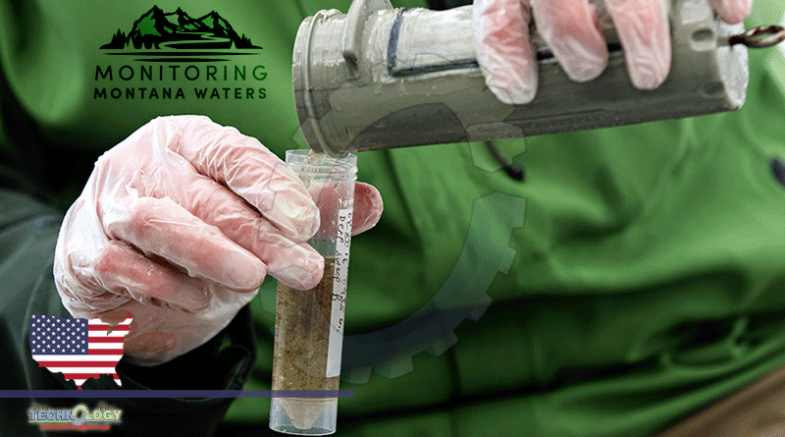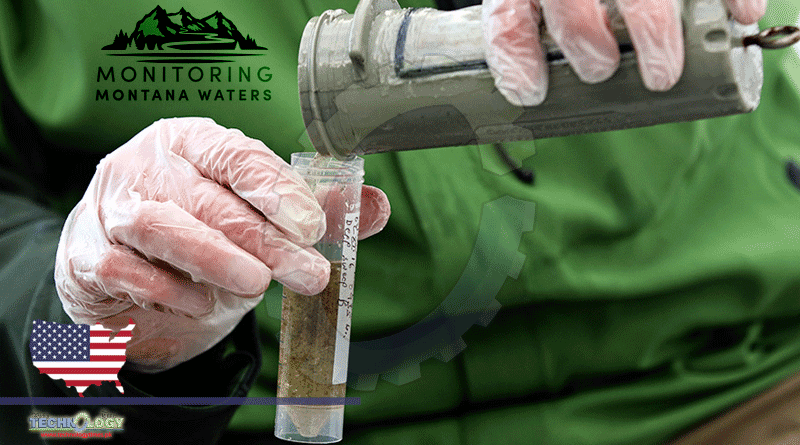The Nascent Program Is Designed To Encourage Citizen-Led Groups To Employ Scientifically Sound Methodologies While Culling Water Quality Data

In 1977, the University of Montana’s Flathead Lake Biological Station (FLBS) on Yellow Bay instituted a scientifically rigorous monitoring program that continues to serve as the first line of defense against threats to the health and quality of the sprawling watershed — threats that range from aquatic invasive species, like zebra and quagga mussels first detected in the Missouri River Basin of Montana in 2016, to nutrient and biological pollution from degraded shoreline septic systems.
Research conducted at FLBS has been an informative force behind significant water-quality conservation achievements, including the ban of phosphorus-containing detergents and the prevention of mining in the upper North Fork Flathead River. The long history of research and monitoring also has resulted in a glut of scientific discovery and insight, cultivating one of the most robust ecological and water-quality records in the world. In an effort to grow the region’s capacity for water quality monitoring, the FLBS is launching a new program called Monitoring Montana Waters (MMW) to provide scientific expertise, guidance and funding to citizen-led watershed groups in the state. The nascent program is designed to encourage citizen-led groups to employ scientifically sound methodologies while culling water quality data from the region and ensure the information meets rigorous scientific standards. According to FLBS, funding for the new program is being provided by PlusFish Philanthropy, a U.S.-based organization “dedicated to protecting healthy aquatic ecosystems and the benefits derived from them.”
FLBS has been conducting science-based water quality monitoring for nearly 45 years, and during that time has provided assistance to numerous volunteer and watershed groups, whose work has helped expand datasets on historic water quality in Flathead Lake and beyond. The philanthropic funding recently received allows FLBS to formalize the program and increase the breadth and amount of assistance provided. “Without water quality data we can’t detect environmental change, pollutants or inform management decisions,” said FLBS researcher and MMW developer Rachel Malison. “Because regulatory agencies have limited resources, trained members of watershed groups serve a crucial role by monitoring water quality across Montana. By engaging citizen-led groups, helping them design plans, obtain training and funding needed to analyze samples, we hope to support the collection of credible scientific data that will support managers in making important decisions to protect our Montana waters.”
MMW will provide assistance for monitoring efforts throughout the state through a variety of opportunities, Malison said. The opportunities, which come at no cost to participating groups, include help designing effective monitoring plans and developing written “Sampling and Analysis Plans;” one-on-one training sessions in sampling methods with FLBS researchers; and help with data analysis and upload to state data bases. MMW also offers small grants that can be used to purchase monitoring gear and support the costs of sample analyses at the FLBS Freshwater Research Lab. Participating groups are required to provide a cost match for MMW grants. Malison hopes that, through MMW, researchers can also assist watershed groups in locating freshwater ecosystems that are in need of more study and determine areas of concern. “Initially, we plan for MMW to focus mostly on rivers and streams, because that’s where the greatest data needs are,” said Malison. “But we will also support lake monitoring groups.”
MMW isn’t the first program of its kind in the state of Montana, Malison noted, pointing toward a rich history of support for citizen-led science. Montana Department of Environmental Quality, the Montana State University Extension Water Quality Program and the Montana Watershed Coordination Council have been providing training and resources to citizen monitoring groups for over a decade. The MMW program will work closely with these partners to complement existing efforts and amplify important collaborative water monitoring efforts statewide. “Clean water is our most important resource, both in Montana and at the global scale. The more we’re able to work together to monitor our waters and integrate our data, the better off we’re all going to be,” said Malison. “We’re really excited about where this program might take us, and can’t wait to work alongside the incredible monitoring training and outreach that’s already being done.”
This news was originally published at Flat Head Beacon
